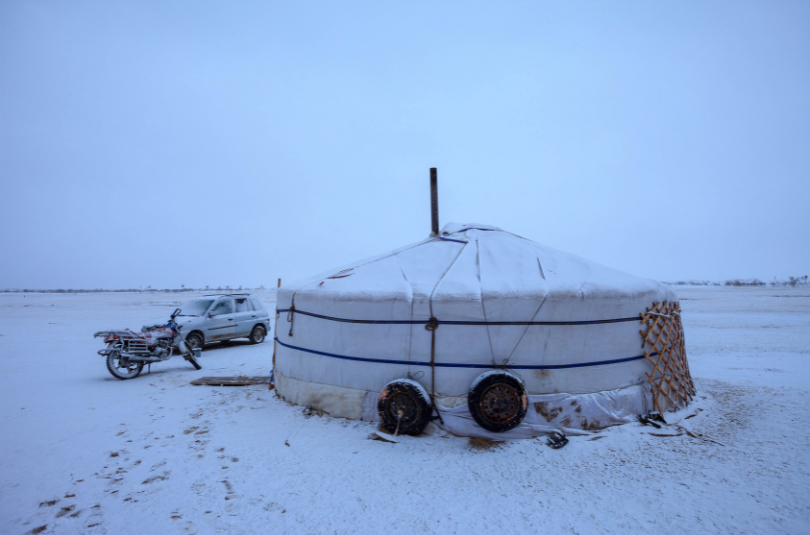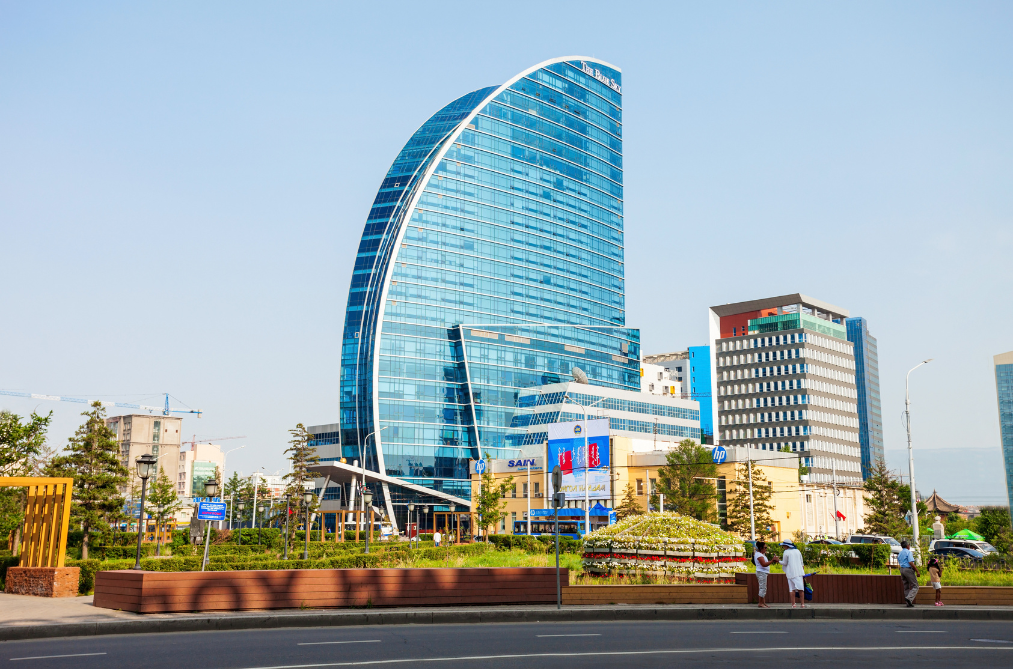Mongolia, a land of vast steppes, nomadic traditions, and breathtaking landscapes, beckons travelers from around the world. But before you pack your bags and set off on your adventure, it’s crucial to understand the best times to visit this enchanting country. Mongolia’s climate is as diverse as its geography, so the timing of your trip can greatly impact your experience. In this guide, we’ll explore the four distinct seasons of Mongolia and help you decide when to plan your visit for the most memorable and enjoyable adventure.
Understanding Mongolia’s Climate
Mongolia, often referred to as the “Land of the Eternal Blue Sky,” offers a tapestry of four distinct seasons, each resembling a different chapter in a grand epic. From the vibrant rebirth of spring to the ethereal enchantment of winter, these seasons paint Mongolia with a diverse palette of experiences. As you embark on your journey through this remarkable country, grasping the essence of each season becomes akin to turning the pages of a living novel, revealing tales of nomadic traditions, breathtaking landscapes, and the enduring spirit of Mongolia. Let’s delve into the unique characteristics of these seasons, guiding you toward the ideal time for your adventure.
Spring in Mongolia (April to June)
Spring in Mongolia is a time of renewal and rebirth. The harsh winter retreats, making way for a burst of life across the country. The days gradually warm up, and the landscape transforms into a lush green wonderland. Here’s what you need to know about visiting Mongolia in spring:
- Weather: Spring in Mongolia sees temperatures ranging from mild to cool, making it ideal for outdoor activities. The mercury hovers between 5°C to 20°C (41°F to 68°F), allowing for comfortable exploration.
- Landscape: The steppe and countryside come alive with vibrant greenery, and you’ll witness newborn animals, such as foals and lambs. It’s a photographer’s paradise as you capture this transformation.
- Activities: Spring is perfect for nature lovers and hikers. You can explore Mongolia’s national parks, ride horses through the verdant landscapes, and experience the nomadic way of life up close as herders tend to their newborn livestock.
Summer in Mongolia (July to August)
Summer in Mongolia is characterized by warm weather and clear skies, making it the most popular time for tourists to visit. The country offers a wide range of adventures and cultural experiences during these months:
- Weather: Summer brings warm temperatures, with daytime highs ranging from 20°C to 30°C (68°F to 86°F), though some areas in the Gobi Desert can get even hotter. Nights are pleasantly cool, making for comfortable camping conditions.
- Unique Experiences: This is the time to experience the nomadic lifestyle, camp under the star-studded Gobi skies, and witness the iconic Naadam Festival—a celebration of the “Three Manly Games”: wrestling, horse racing, and archery. Immerse yourself in the thrill of these ancient sports and cheer on the competitors.
Autumn in Mongolia (September to October)
As the summer heat gradually fades away, Mongolia dons a different charm in autumn. This season offers a more comfortable climate, stunning fall foliage, and cultural celebrations:
- Weather: Autumn boasts milder temperatures, with daytime highs ranging from 10°C to 20°C (50°F to 68°F). Nights can get cooler, so layering is advisable.
- Scenic Beauty: The fall foliage transforms Mongolia’s landscapes into a breathtaking tapestry of colors. It’s an ideal time for photographers and nature enthusiasts to capture the golden hues of the trees against the vast blue sky.
- Festivals: Autumn is a season of festivals, with events like Tsagaan Sar (Lunar New Year) and the Golden Eagle Festival offering unique cultural experiences. Tsagaan Sar usually falls in late January or February, while the Golden Eagle Festival takes place in September in Bayan-Ölgii Province, where you can witness the age-old tradition of hunting with golden eagles.
Winter in Mongolia (November to March)

Mongolia’s winter is a world of enchantment, with snow-covered landscapes and a serene stillness that captivates the soul. While it’s not the most comfortable time for travelers due to extremely cold temperatures, it offers its own set of unique experiences:
- Weather: Winters in Mongolia are harsh, with temperatures often dropping well below freezing. Daytime highs range from -10°C to -20°C (14°F to -4°F), and nights can plummet even further. Warm clothing is essential.
- Winter Sports: For the adventurous traveler, winter in Mongolia means ice fishing, dog sledding, and cross-country skiing. These activities provide a thrilling contrast to the summer months and a chance to embrace the beauty of Mongolia’s snowy landscapes.
- Local Traditions: Experience traditional Mongolian winter events and hospitality by staying in a cozy ger (yurt) and enjoying hearty local cuisine. The Mongolian Lunar New Year, Tsagaan Sar, is a significant winter celebration, marked by family gatherings and cultural rituals. The date varies each year based on the lunar calendar but usually falls in January or February.
Special Events and Festivals
In addition to the festivals mentioned earlier, Mongolia has several other holidays and celebrations that offer a glimpse into the country’s rich culture and traditions:
- Mongolian Independence Day (National Day): Celebrated on December 29th, this holiday marks Mongolia’s declaration of independence from China in 1911. Festivities include parades, cultural performances, and fireworks.
- Children’s Day: Observed on June 1st, Children’s Day celebrates the youth of Mongolia. It’s a time for family outings and special activities for children.
- International Women’s Day: Celebrated on March 8th, International Women’s Day is an occasion to honor and appreciate women. It’s marked by giving flowers and small gifts to women.
- Nauryz Meyrami: While not a Mongolian holiday per se, Nauryz Meyrami is celebrated by Kazakhstanis in western Mongolia. It marks the spring equinox and typically falls on March 22nd. Travelers in western Mongolia may have the opportunity to join in the festivities, which include traditional Kazakh games, music, and food.
- Soyombo Festival: This festival celebrates Mongolia’s national emblem, the Soyombo symbol. It takes place on the first weekend of July and includes cultural performances, exhibitions, and ceremonies in Ulaanbaatar.
Mongolia’s diverse seasons offer a myriad of experiences for every traveler. Spring is a time of renewal, ideal for nature lovers and hikers. Summer brings warm days and the vibrant Naadam Festival, while autumn paints the landscape in golden hues, perfect for cultural festivities. Winter, though challenging, unveils pristine beauty and unique traditions.
No matter the season you choose, Mongolia’s timeless landscapes, nomadic heritage, and warm hospitality will leave an indelible mark on your journey. Plan wisely, respect local customs, and embrace the boundless spirit of this remarkable country, and your adventure in Mongolia will be nothing short of unforgettable.
Read more: https://silkroadmongolia.com/tours/

